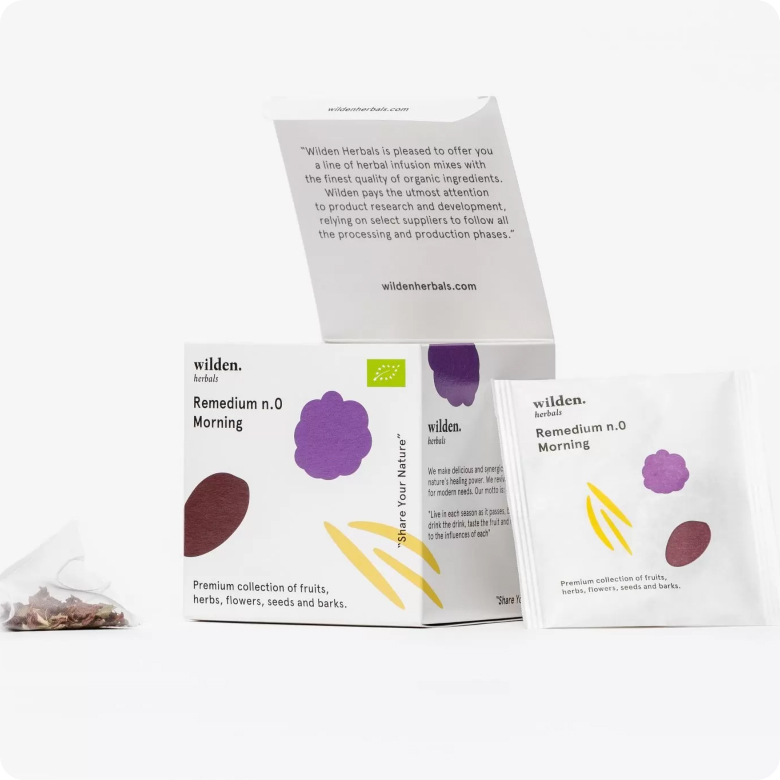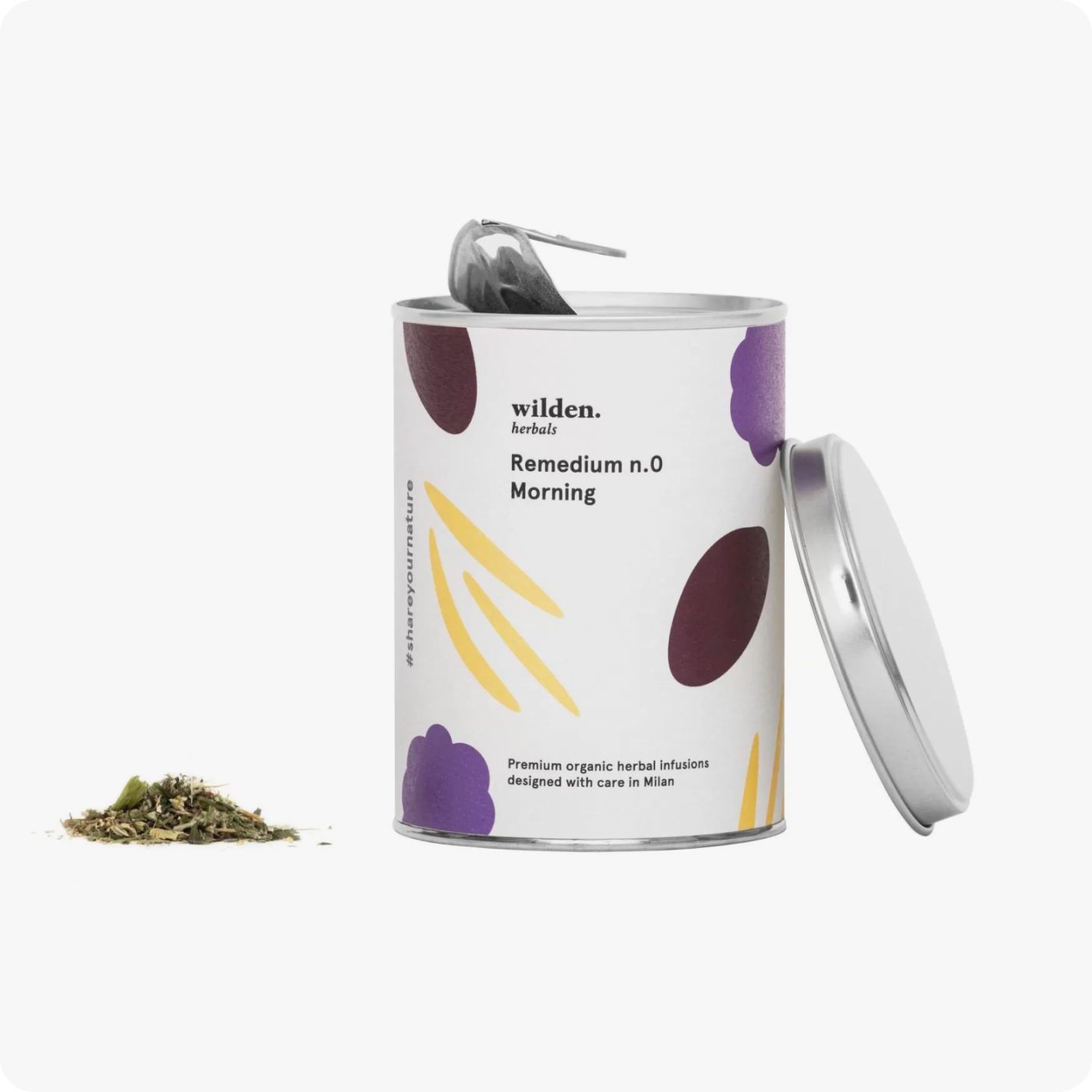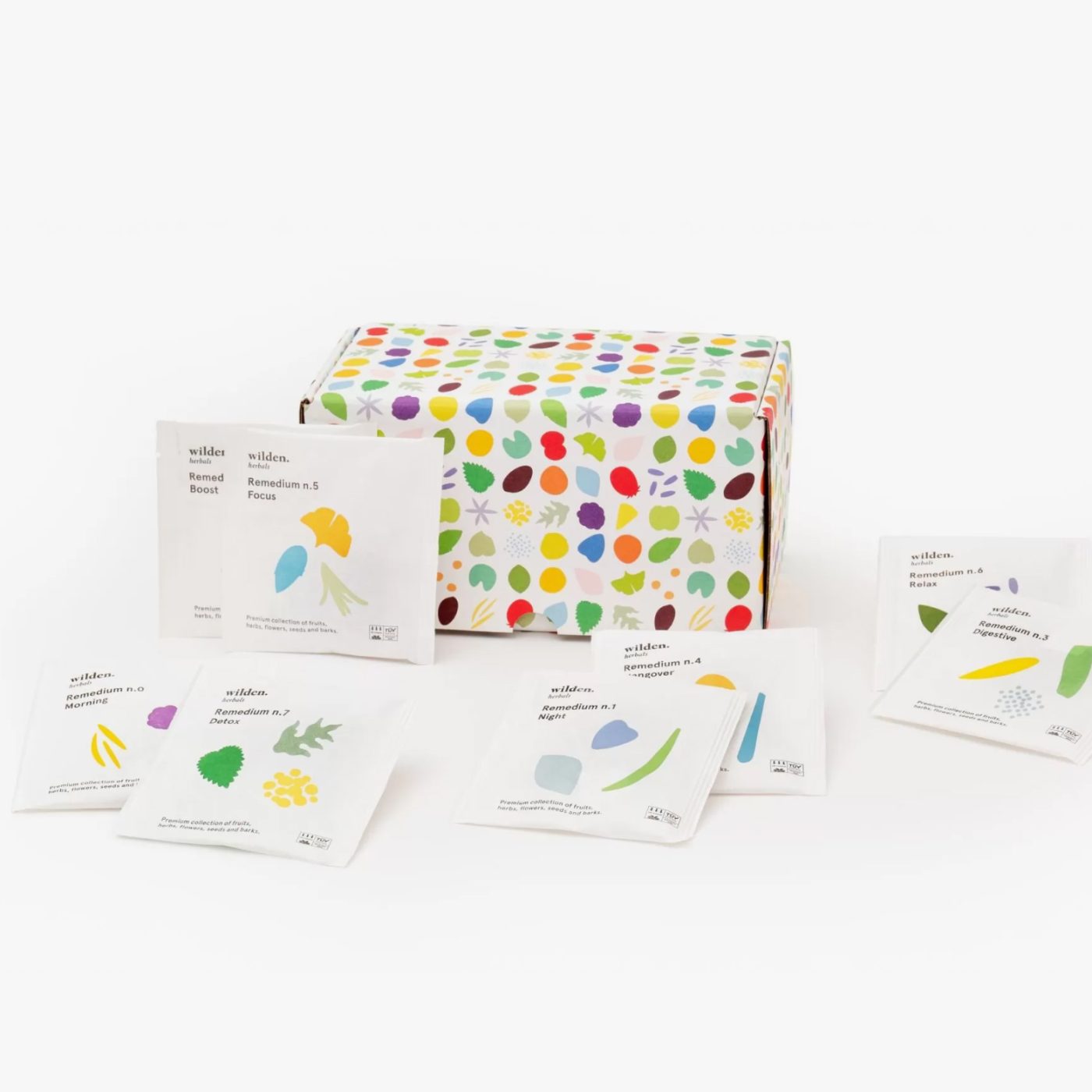Chasteberry, an ancient remedy to restore harmony
A plant dear to those seeking a natural solution to regulate the balance of female hormones. Let's go to the roots to discover beneficial effects, history and uses of monk pepper
Chasteberry: botanical anatomy
The chasteberry, vitex agnus castus, is a spontaneous perennial plant belonging to the verbenaceae family characterized by a yellowish-gray bark and the bushy habit of a small tree or large shrub.
The leaves are opposite, with digitiform, gray-green lamina and have a smell similar to that of sage. The flowers, which bloom between June and September, can be pink or more rarely white, but the best-known variety is lavender-purple. The flowers are followed by small, slightly fleshy, spherical-round fruits or drupes that contain dark spherical seeds similar to black pepper.
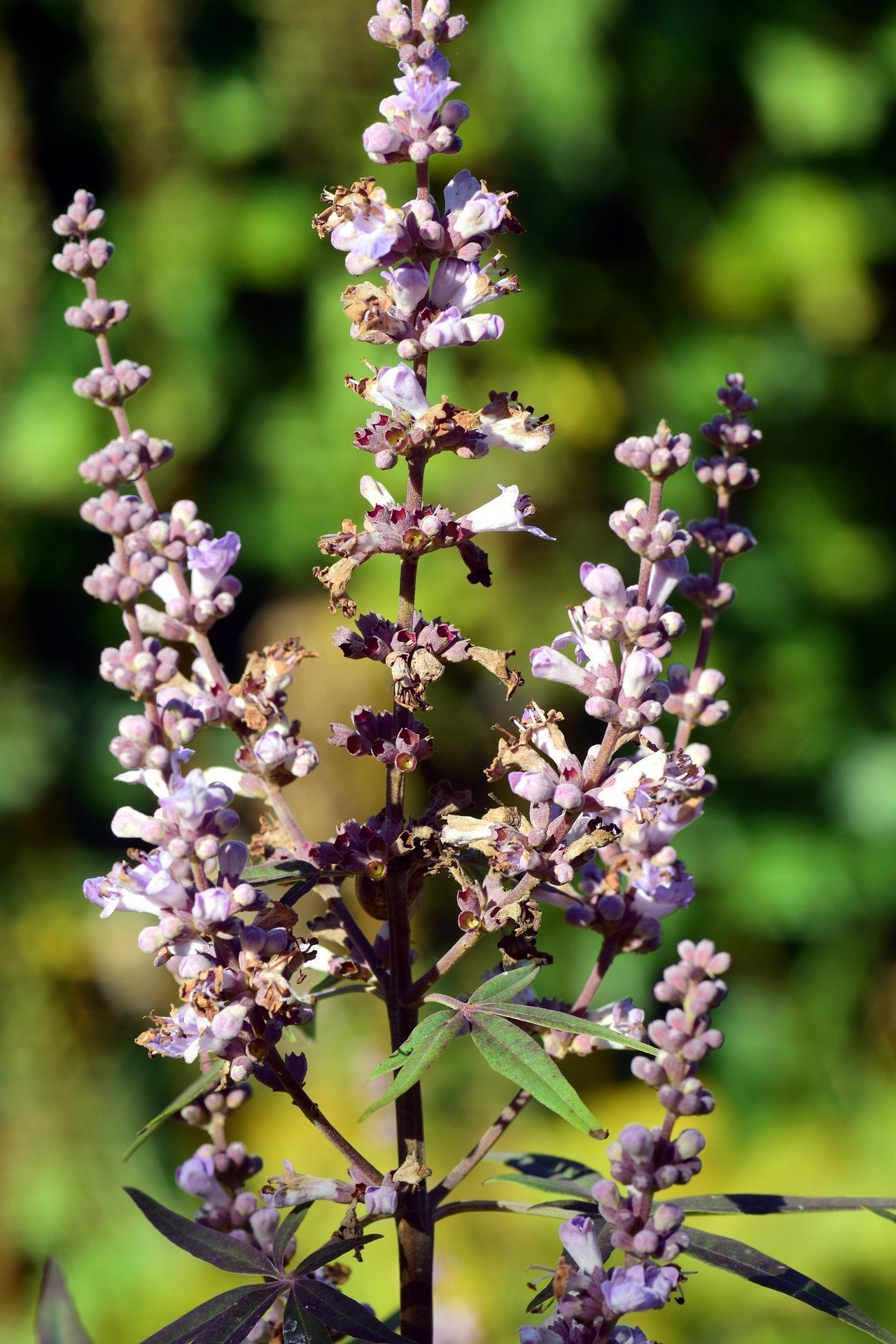
Chasteberry: origin and habitat
The chasteberry is native to Europe and Central Asia, still found throughout the Middle East and the Mediterranean region. It is a plant that grows and lives well along the coasts, often in the company of plants typical to these places such as myrtle, oleander and tamarisk.
It grows in temperate climates and is able to adapt to any soil, but its habitat of choice is the banks of rivers or streams leading to the sea or the surrounding dunes: wet places where it grows wild.
Chasteberry: properties and benefits
Chasteberry is rich in flavonoids, alkaloids and essential oils with relaxing and soothing therapeutic and beneficial properties, but what makes it so sought after in herbal medicine is its power to act in a rebalancing manner on the hormones that regulate a woman’s fertility cycle. In fact, chasteberry is suggested as a remedy to reduce both physical and emotional symptoms related to menstrual syndrome, including the various irregularities related to poor or excessive flow and too short or too long duration.
Nella sindrome premestruale, l’agnocasto contribuisce ad alleviare i sintomi più comuni come la cefalea, la tensione che provoca dolore al seno o al basso ventre, le manifestazioni acneiche sul viso, il senso di spossatezza, ansia e irritabilità. Tutte proprietà per cui noi di Wilden l’abbiamo selezionato come ingrediente essenziale della nostra tisana biologica PreCycle, un integratore alimentare che aiuta a vivere più serenamente il ciclo mestruale. Tra i suoi ingredienti, insieme all’agnocasto, troverai anche melissa e zenzero per un effetto sinergico contro i crampi e i disturbi gastrici, ma anche per aiutare negli sbalzi di umore.
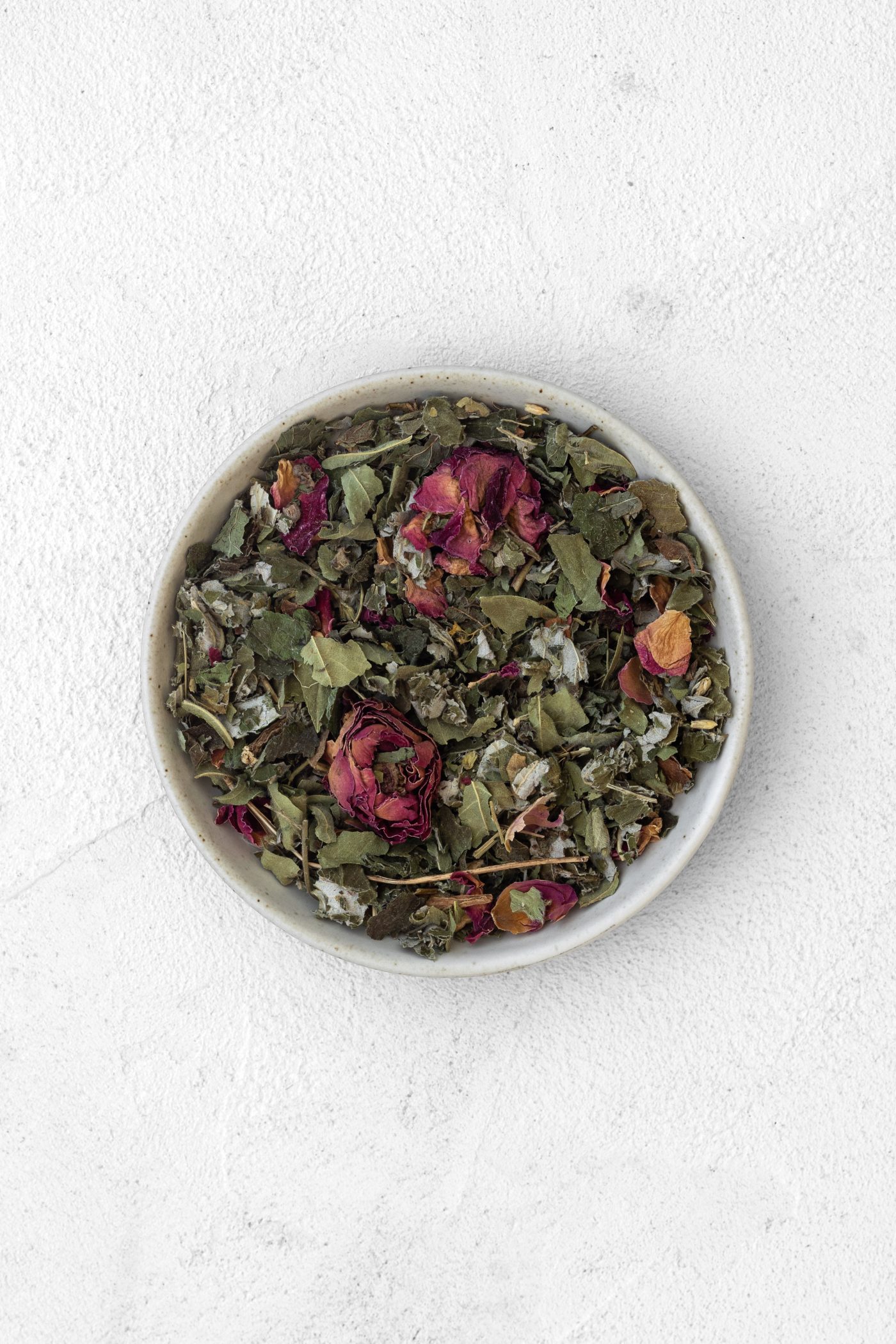
Chasteberry: how to use it
Chasteberry is also known as monk’s pepper (monk’s pepper) because its leaves and berries, when ripe, have a scent and smell somewhere between peppery and resinous. However, having a flavor with a distinctly bitter finish, they are rarely used alone in cooking, but are often found accompanied by other aromatic ingredients such as coriander and cumin to create more balanced blends. Such is the case with Ras el Hanout, a product that is widespread throughout the Maghreb and which, in addition to chasteberry, includes many other spices including nutmeg, cinnamon, mace and aniseed.
In addition to herbal teas, chasteberry is also used in dietary supplements, but what will surprise you most is that its flowers can also be used to prepare a perfume while a yellow dye is made from the leaves from the seeds and roots.
Chasteberry: curiosities
- Its Latin name, vitex agnus castus, has several origins. It contains the word vitex, meaning intertwining, because its flexible but strong branches were used to create baskets or even defense structures such as palisades. Then there are agnus, meaning lamb, e castus meaning chaste, referring to a legendary anaphrodisiac property. Pliny the Elder in his Naturalis Historia writes that it was put on the beds of Athenian women to ensure their fidelity when their husbands went to war.
- The name monk’s pepper, on the other hand, comes from the Middle Ages and follows and traces this history. In fact, it is said to have been grown in monks’ gardens to help them in their vow of chastity.
- Traditionally, chasteberry was used in folk medicine not only to counteract cycle disorders but also for all the classic symptoms of menopause such as hot flashes, abdominal bloating, and water retention.
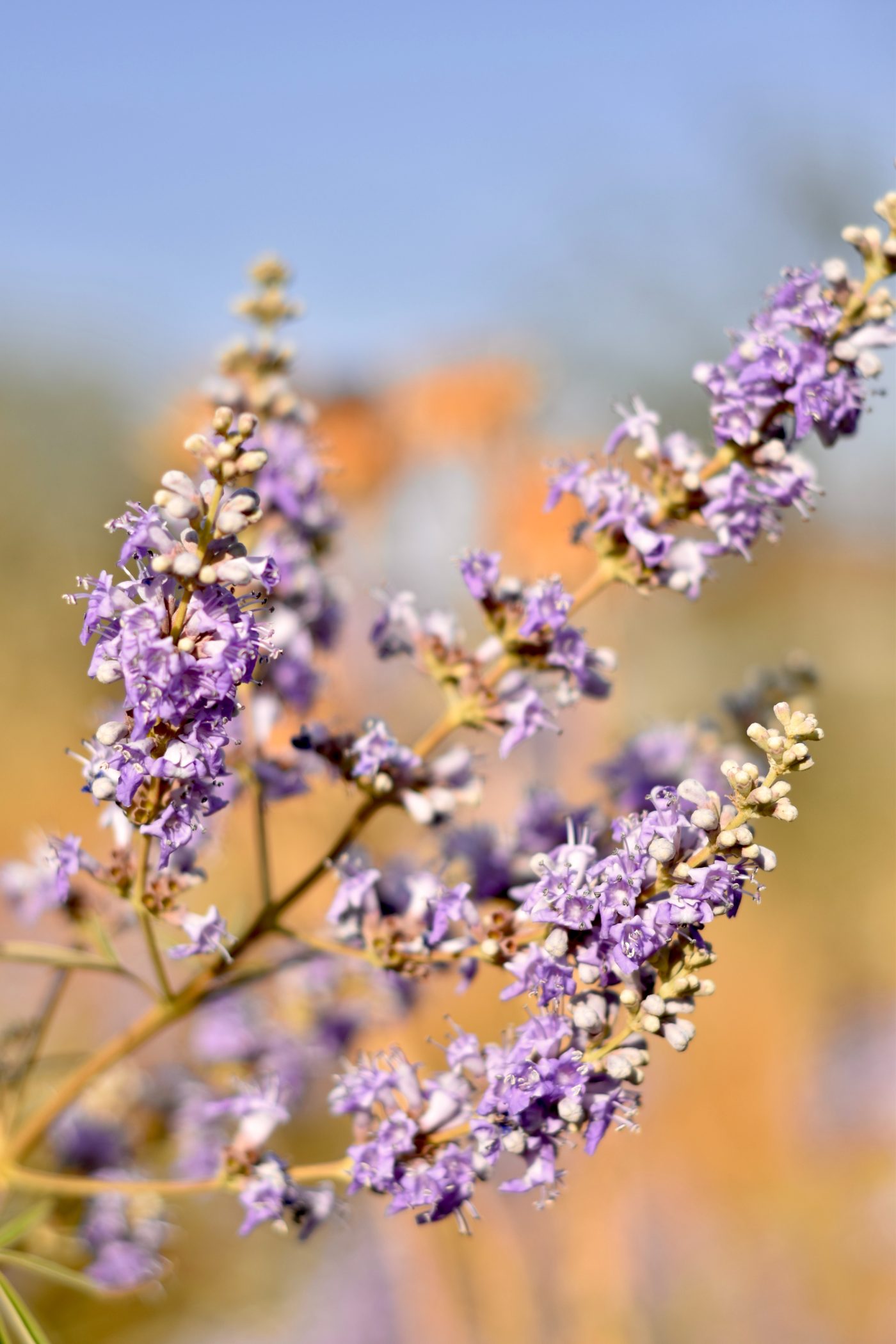
Bibliography
- Birgit Frohn, The Medicine of the Monasteries, Pisani Publishers, 2004
- Ida Salusso, Allowed herbs forbidden herbs, Verde Libri editions, 2014
- New figured herbarium G. Negri, Hoepli editions, 2010


